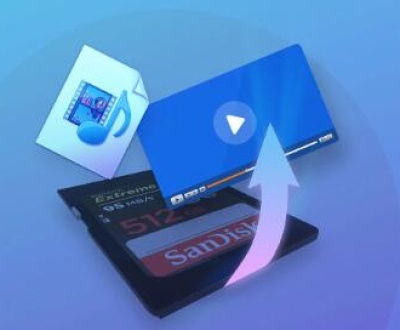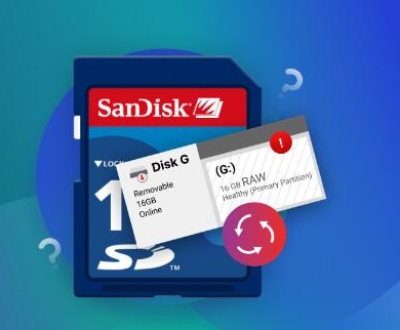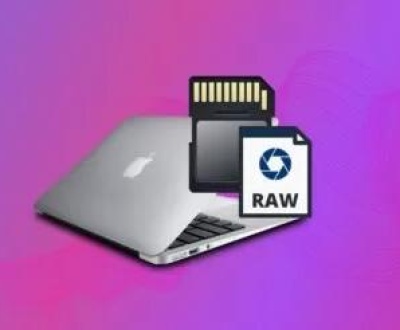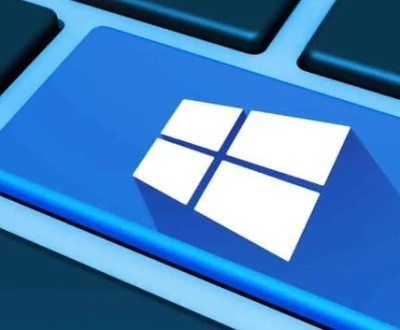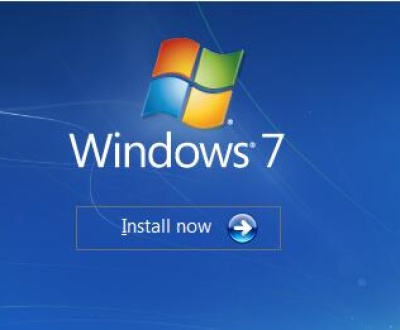MicroSD cards have become ubiquitous in storing data in modern devices such as smartphones, cameras, tablets, and drones. They offer portability and high storage capacity, making them a convenient option for saving everything from photos and videos to documents and apps. However, like all storage devices, microSD cards are susceptible to data loss due to a variety of reasons. Files can be accidentally deleted, the card may become corrupted, or you may encounter read/write errors that prevent you from accessing your data.
Causes of Data Loss on a MicroSD Card
Before diving into the recovery methods, it’s important to understand the common reasons why data loss happens. Knowing the cause can help you take the right steps for recovery.
Accidental Deletion: One of the most common reasons for file loss is accidental deletion. This could happen while transferring files or when you mistakenly delete files from your microSD card.
Formatting: Sometimes, formatting the microSD card (either intentionally or unintentionally) can result in the loss of all files stored on it.
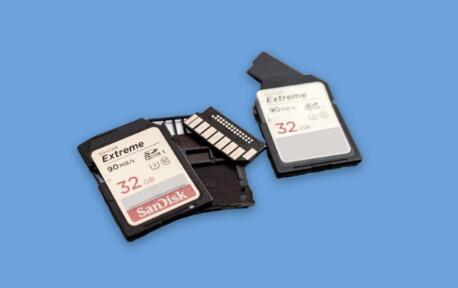
Corruption: MicroSD cards can become corrupted due to improper ejection from devices, power loss during file transfer, or file system errors. This can lead to files becoming inaccessible.
Physical Damage: Dropping or exposing the card to water, extreme heat, or magnetic fields can damage it physically, which may cause data loss.
Virus or Malware: If the microSD card is infected with a virus or malware, it may result in data loss or corruption, making files unreadable or invisible.
Incompatibility: Using a microSD card in a device that doesn’t support its file format or capacity can lead to data loss.
How to Recover Files from a MicroSD Card
Now that you understand the common causes of data loss, it’s time to explore various methods for file recovery. The recovery process depends on the situation, the extent of data loss, and the specific tools you choose.
Step 1: Check the Card for Physical Damage
Before jumping into software recovery, inspect the microSD card for any physical damage. If the card is physically damaged, software tools may not be able to help. In such cases, you may need to send the card to a professional data recovery service.
Look for cracks, scratches, or bent pins on the card.
Test the card on different devices to check whether it is being recognized. Sometimes, a device may not detect the card due to issues with the card reader or the device itself.
If you see no signs of physical damage but the card isn’t being recognized, you can proceed to software recovery methods.
Step 2: Try Connecting the Card to a Different Device
If your computer or smartphone is having trouble detecting the microSD card, try connecting it to a different device. Sometimes, the issue could be with the card reader or the device you’re using.
Use a different card reader or USB adapter.
Test the card on another computer, camera, or phone to check whether it’s recognized.
Ensure that the microSD card is properly inserted into the reader and that it is not loose.
Step 3: Use Built-in Recovery Tools
Many operating systems come with built-in tools to help you recover lost or deleted files. These tools can often recover deleted files as long as they haven’t been overwritten.
For Windows:
Check Recycle Bin: If you deleted files recently, they may still be in the Recycle Bin.
File History: If you’ve set up File History, you can restore previous versions of files that were saved on the microSD card.
CHKDSK: This is a command-line tool that can repair file system errors and recover lost files.
Open Command Prompt (search for “cmd” in the Start menu).
Type chkdsk X: /f, replacing “X” with the letter of your microSD card.
Press Enter to run the tool, which will check the card for errors and attempt to fix them.
For Mac:
Time Machine: If you use Time Machine, you can recover previous versions of files stored on your microSD card.
Disk Utility: Mac’s Disk Utility can be used to repair file system issues that may prevent access to files on the microSD card.
Open Disk Utility from Applications > Utilities.
Select the microSD card and click “First Aid” to check for errors and repair the disk.
For Linux:
TestDisk: This open-source tool is useful for recovering lost partitions and repairing corrupted file systems.
Open Terminal and install TestDisk using your distribution’s package manager (e.g., sudo apt install testdisk).
Follow the on-screen instructions to analyze the microSD card and attempt file recovery.
Step 4: Use Data Recovery Software
Panda Assistant is a powerful and user-friendly data recovery tool designed to help individuals recover lost, deleted, or corrupted files from a variety of storage devices. Whether you’ve accidentally deleted photos, videos, documents, or lost data due to corruption, Panda Assistant provides a reliable solution to retrieve your valuable information. The software is compatible with various storage media, including hard drives, SSDs, USB drives, and memory cards like microSD and SD cards.
What sets Panda Assistant apart is its intuitive interface, making the recovery process accessible to both beginners and experienced users. It supports a wide range of file types, such as photos, videos, audio files, and documents, and offers a deep scan feature to search for files that may not be immediately visible. Additionally, Panda Assistant allows users to preview recoverable files before restoring them, ensuring that you can selectively recover what you need.
How to Use Data Recovery Software:
Download and Install: First, download and install your chosen data recovery software.
Connect Your MicroSD Card: Insert the microSD card into your card reader and connect it to your computer.
Launch the Recovery Tool: Open the data recovery software and select the microSD card as the target device for recovery.
Scan the Card: Initiate a deep or quick scan to search for lost files. The scanning process may take some time, depending on the card’s capacity and the amount of data.
Preview and Recover: After the scan is complete, preview the recoverable files. Select the files you want to recover and choose a location on your computer to save them (avoid saving them back to the microSD card to prevent overwriting).
Step 5: Try Professional Data Recovery Services
If all else fails and the data is critical, professional data recovery services may be your last option. These services specialize in recovering data from damaged or corrupted storage devices and have the necessary tools and expertise to deal with complex data loss situations. Be prepared for high costs and potentially long wait times.
Tips to Prevent Future Data Loss
Regular Backups: Always back up important files from your microSD card to another storage device or cloud service.
Eject Properly: Avoid removing your microSD card from devices without properly ejecting it, as improper removal can cause corruption.
Avoid Overwriting: When attempting to recover files, avoid saving new data to the microSD card, as it may overwrite lost files.
Use Antivirus Software: Protect your devices and storage media from viruses that can corrupt data by using reliable antivirus software.
Invest in High-Quality Cards: Cheap or low-quality microSD cards are more likely to fail. Invest in reputable brands that offer reliable performance.
The process of recovering files can be frustrating, but with the right tools and patience, it is possible to restore even the most stubbornly lost data. Always make sure to back up your data regularly to minimize the impact of potential future data loss.
About us and this blog
Panda Assistant is built on the latest data recovery algorithms, ensuring that no file is too damaged, too lost, or too corrupted to be recovered.
Request a free quote
We believe that data recovery shouldn’t be a daunting task. That’s why we’ve designed Panda Assistant to be as easy to use as it is powerful. With a few clicks, you can initiate a scan, preview recoverable files, and restore your data all within a matter of minutes.
Subscribe to our newsletter!
More from our blog
See all postsRecent Posts
- Retrieve deleted videos from sd card 2025-04-25
- How to retrieve damaged sd card? 2025-04-25
- Retrieve photos from sd card 2025-04-25

 Try lt Free
Try lt Free Recovery success rate of up to
Recovery success rate of up to

